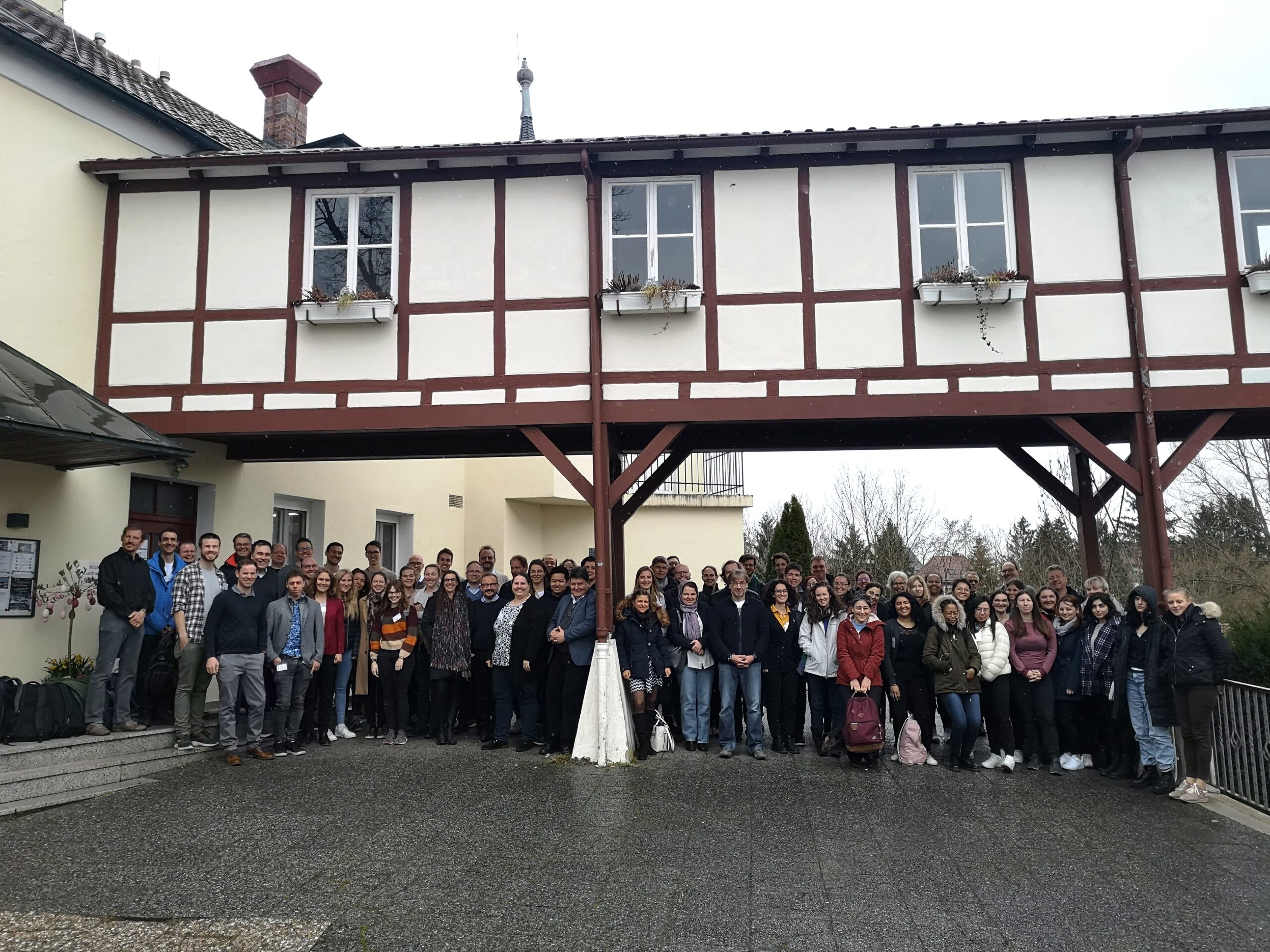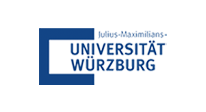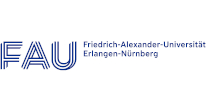
Insights from the SFB/TRR 225 Klausurtagung: Advancing Biofabrication and Tissue Engineering
The SFB/TRR 225 Klausurtagung, which took place from March 22 to 24, 2023 in Lichtenfels at the Franken-Akademie, was a great success despite the rainy weather. The event brought together top researchers in the field of biofabrication and tissue engineering, who worked closely together in the SFB/TRR 225. Participants had the opportunity to share their latest research, collaborate on new ideas, and discuss future directions for the field.
The retreat included a variety of activities, such as mentor talks, presentations, cooperation meetings, further planning for the 2nd funding period, data management, BioInks, databases, reporter cells, coordination of the project pillars, and the election of new PhD student representatives. In addition, a three-day workshop called “Presentation Skills for Scientists” was offered to interested female PhD students and PostDocs. Attendees also had the chance to hear an exciting presentation on 3D printing at the Machbar FADZ Lichtenfels. Afterwards, we walked to the Braumanufaktur Lippert, where we spent a lovely evening before walking back to our accommodations
Here are some key takeaways from the Klausurtagung:
- Advancements in 3D printing are driving progress in biofabrication: 3D printing has emerged as a powerful tool for creating complex tissue structures that mimic the human body. Researchers at the Klausurtagung discussed new materials and techniques for 3D printing, that can be used to create more realistic and functional tissue models.
- The importance of biomimicry in tissue engineering: Mimicking the natural structure and function of human tissues is critical for developing effective therapies for diseases and injuries. The Klausurtagung featured discussions on the use of biomimetic materials, such as hydrogels and decellularized extracellular matrices, to create more accurate tissue models for research and clinical applications.
- Collaboration and interdisciplinary research are key: The SFB/TRR 225 brings together researchers from a variety of disciplines, including biology, engineering, and materials science, to tackle complex challenges in biofabrication and tissue engineering. The Klausurtagung emphasized the importance of collaboration and interdisciplinary research for advancing the field.
- Ethical considerations in tissue engineering: As advancements in biofabrication and tissue engineering continue, there is a growing need to address ethical considerations related to the creation and use of engineered tissues. Discussions at the Klausurtagung focused on ethical issues such as informed consent, privacy, and the use of animal models in research.
Overall, the SFB/TRR 225 Klausurtagung provided a valuable platform for researchers to share their latest findings and collaborate on new ideas for advancing the field of biofabrication and tissue engineering. The event highlighted the importance of interdisciplinary research, biomimicry, and ethical considerations in this rapidly evolving field. We look forward to seeing the continued progress and impact of the SFB/TRR 225 in the years to come.
If you’re interested in learning more about the SFB/TRR 225 and its research, please visit the SFB/TRR 225 website for more information.





